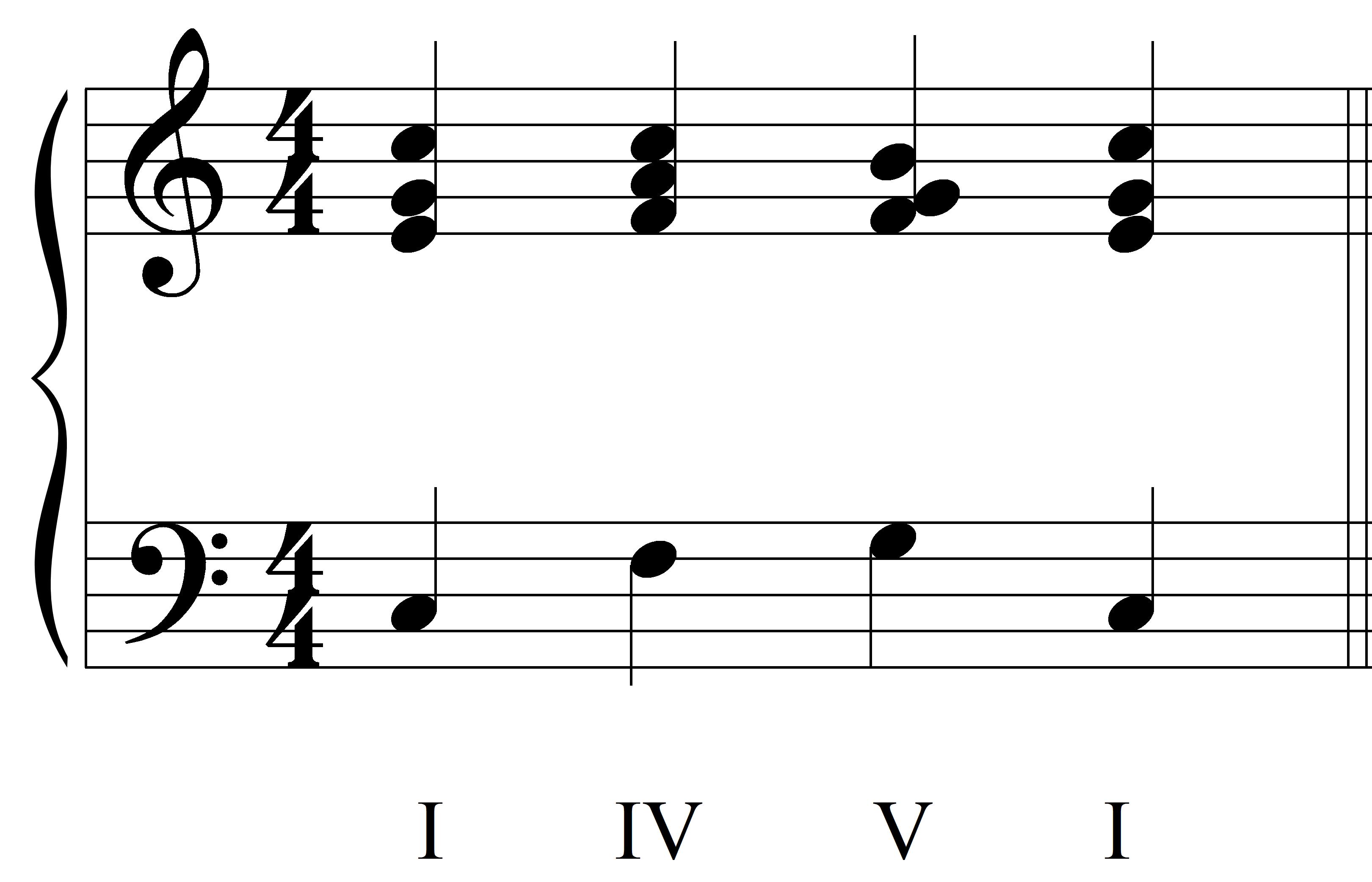Integrated Aural Skills 2018-19
Score Study and Piano Practice - More on Secondary Dominants
Building Recognition
In Unit 17, we began to study secondary dominants. As we have discussed, a secondary dominant is a chord that uses a dominant-tonic progression to tonicize a key that is not the tonic. In other words, it is a “temporary” dominant.
Building on Previously Acquired Skills - Chord Progressions
In Aural Skills III, we practiced identifying the commonest chord progressions, such as I-IV-V7-I.

Adding New Skills - Recognizing Chromatic Color
We will continue to build upon the study of voice-leading and harmonic progression, adding new concepts that add color and interest to harmony – including secondary dominants.
In the progression below, we add chromatic color to chord IV by preceding it with its secondary dominant, V7/IV (pronounced “five seven of four”). Note that when it comes to tonicizing IV, we will always use V7 – this is because V/IV would be indistinguishable from the tonic triad.

Same Bass Note, Different Pre-Dominant
In some progressions, we will use more than one secondary dominant. At the piano, practice the progression below until you can play it fluently. Then change some of the tones to make I-I-IV-ii-V7-I. Compare the two side by side.

How Secondary Dominants Appear in Music
Listen to the opening to the second movement of Haydn’s Symphony No. 94 (“Surprise”). In the first sentence of the movement, Haydn uses a secondary dominant to temporarily tonicize chord V.
For extra work, refer to the score of this composition. (Also, full score study is an excellent professional habit to get into.) How many secondary dominants can you locate in the second movement?
This Week’s Playlist
Please listen to the compositions on this playlist several times over. Each of them contains clear examples chromatic embellishment and tonicization. Remember, all music changes key – we just need to figure out when and how.